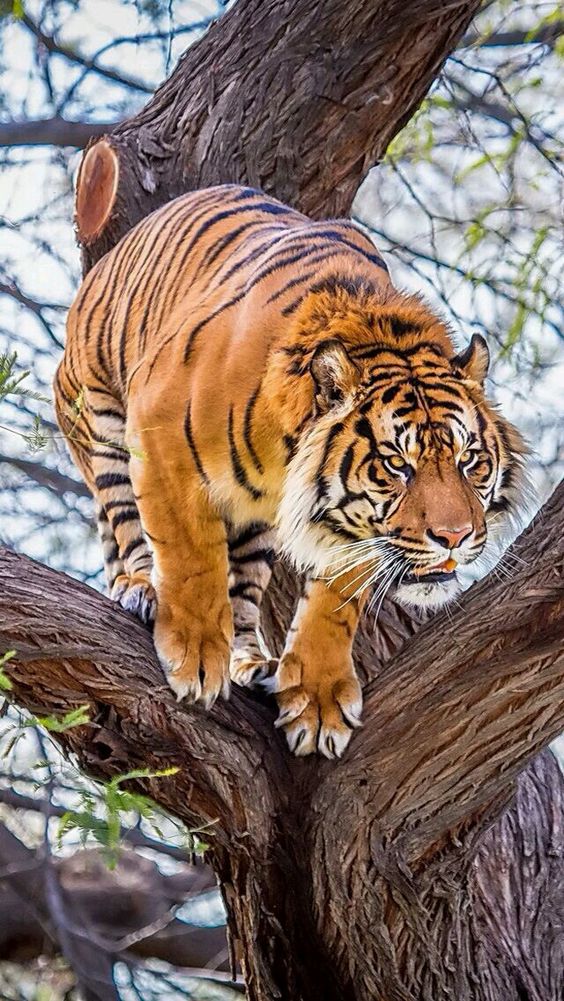Dear Integral Meditators,
How can you use meditation to enrich your imagination in a way that has a positive, practical impact your life? The article below explores how…
Beneath the article you will see the details of next weeks Chinese New Year meditation. You can do it live or online, all welcome!
In the spirit of our wild imaginations,
Toby
Journeying in the imaginal world
There is a whole dimension of meditation that involves working with the imaginal realm. The imaginal realm can be thought of as the intersection of three domains or our experience:
- The images language of our own personal imagination and creativity
- The collective dream worlds that we inhabit, contribute to and travel to during sleep, and also when we daydream
- Deeper dimensions of consciousness that communicate to us through the language of images and intuition
In the simplest terms the imaginal world is a place that we all visit when we temporarily bypass our linear, rational mind, and enter a free-associative state. In meditation we can learn to explore the imaginal realm consciously by setting an intention and direction for our mind, and then following the images and narrative that follows on from this intention.
Here is a simple ‘bare bones’ example of how this can be done, using the theme of the upcoming Chinese New Year of the Dog.
A short Chinese New Year Journeying Meditation
Stage 1, setting your intention: You begin by set your direction through intention. This creates the basic ‘path’ that your mind can then ‘journey along’ in the meditation. In this case you set your intention to connect to your deeper values using the medium of the dog as companion (it is the CNY of the dog), and the earth element (which is the dominant element this year). Focus upon this intention clearly for a short while.
Stage 2, meeting and journeying: Imagine you are in a landscape or interior space. Let your mind build a picture of the place according to your intuition. Around you in this place there are five doors, each of which is marked by one of the five Chinese elements of fire, earth, metal, water, wood. Identify and picture the earth element door clearly.
Now, from somewhere in the landscape around you, a dog (or dogs) will come to you. S/he will be your guide in this journey. Take a moment to connect to each other. When you are ready, your companion will take you on a journey to the world behind the ‘earth element door’ that you have identified. This journey will lead you to experiences that connect you in a meaningful way to your deeper values.
Stage 3, Returning: Once you have completed your journey, return through the earth door to your original starting position. Bid goodbye to your dog guide, and return back to your awareness of the outer world.
My Own Journey
In my own work with this simple journeying exercise, I am met by an African hunting dog. He takes me through the earth element door to the African Savannah, where I meet his family and experience their life as a pack. They show me the values of working as a team to hunt, mutual respect and affection, and the ability to endure hardships with stamina and patience. When I return from the meditation I think about how I can apply these values of teamwork, respect & affection as well as stamina and patience. I work on integrating them into my family and work life, working as a team, being patient, expressing respect. In this way I discover and explore these values in a deeper way, and allow them to enrich my life.
This week you might like to take your own ‘Earth Dog’ meditation, and see where your imaginal journey takes you!
© Toby Ouvry 2018, you are welcome to use or share this article, but please cite Toby as the source and include reference to his website www.tobyouvry.com
 Lunar new year meditation 2018: Drawing Strength from your Deeper Values in the year of the Earth Dog
Lunar new year meditation 2018: Drawing Strength from your Deeper Values in the year of the Earth Dog
This is a one-hour meditation session that can be participated live at the times & dates below, or as a recording online. If you are participating online, then the link to the recording will be sent to you on the morning of Thursday February 15th
Time, date location: There are two chances to engage in this meditation class:
Tuesday 13th February, 7.30-8.30pm at ONE Heart, 37 Tambeling Road
Singapore 423580 (Click HERE for map) &
Wednesday 14th February, 7.30-8.30pm at Basic Essence, 501 Bukit Timah Road #04-04 Cluny Court Singapore 259760 (Click HERE for map)
Cost: Sing$20 per class
About the class: This is a chance to welcome in the lunar new year energies of the dog, which will include meditation for attuning to the energies of the lunar cycle & different levels of ‘dog energy’(!) In particular, we will be mindfully aligning with and developing loyalty to our own deeper values. By aligning ourselves with them we will then be looking for signs and inspirations regarding how we can move into a deeper level of leadership in our life. Leadership here means both leading ourself along our own path, as well as being a benevolent leader of others when appropriate.
Toby will be leading the meditation as a simple and profound way, with plenty of room for our own personal contemplation, inner healing and positivity building!
Suitable for: Both beginners & more advanced practitioners of meditation & mindfulness. All are welcome!
To register or for further enquiries: Email info@tobyouvry.com, or sms 65-96750279
CLICK HERE TO MAKE PAYMENT FOR THE CLASS VIA PAYPAL!
Upcoming Courses at Integral Meditation Asia
Ongoing on Wednesday’s, 7.30-8.30pm – Wednesday Meditation Classes at Basic Essence with Toby
Ongoing on Tuesday evenings, 7.30-8.30pm – Tuesday Meditation Classes at One Heart with Toby (East coast)
Wednesday 13/14 February 7.30-8.30pm – Lunar new year meditation 2018: Drawing Strength from your Deeper Values in the year of the Earth Dog
Saturday 24th February, 1.30-5.30pm – Meditations for Activating, Healing and Awakening our Ancestral Karma
Integral Meditation Asia
Online Courses * 1:1 Coaching * Books * Live Workshops * Corporate Mindfulness Training *Life-Coaching * Meditation Technology











